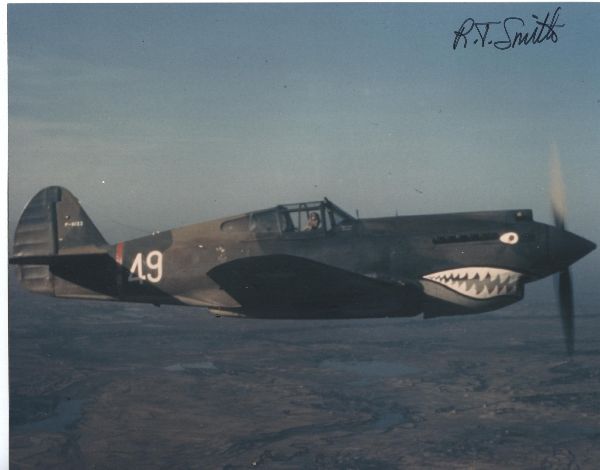When people think of America’s involvement in WWII, they remember the conflict in Europe, North Africa, and the Pacific, but they also fought the Japanese over the skies of Burma and China.
Japan first invaded China in 1894 and began whittling away at it. By 1931 they had invaded Manchuria. With the Russian and British empires also carving up the country, China was on its knees. Then on December 7, 1941, Japan bombed Pearl Harbor so it could gobble up the rest of the Pacific.
However, before then on April 15, 1941, President Theodore Delano Roosevelt signed a secret executive order creating the 1st American Volunteer Group (AVG) made up of pilots from the US Army Air Corps, Navy, and Marine Corps.
Some 300 of these left for Burma as civilian workers for the Central Aircraft Manufacturing Company (CAMCO) – a private military contractor based at Mingaladon, Burma near the Chinese border. Their unofficial boss was Claire L. Chennault – a retired US Army officer who was the military aviation advisor to General Chiang Kai-shek.
As they only had old Curtiss P-40s to fight with, Chennault created a new form of aerial combat that allowed them to deal with the superior Japanese planes. It involved attacking them en masse instead of fighting one on one, as well as a “dive-and-zoom” technique which compensated for more skillful Japanese maneuverability.
To distinguish themselves, these pilots painted shark faces on the noses of their planes and called themselves the “Flying Tigers.” They were divided into three squadrons; two were based at Kunming in Free China, and one at Mingaldon near Rangoon.
Giving them advanced warning was an air raid system based on radios and phones stationed at villages, caves, and hills all throughout Free China. Thirteen days after Pearl Harbor, they intercepted 10 Japanese bombers headed toward the Chinese city of Kunming.
They could not save Burma, which fell to the Japanese, but they did protect the cities of Free China despite being outnumbered and having very few resources. Despite ongoing Sino-US tensions, the history and bravery of the Flying Tigers is known by most Chinese school children today.
The 1st American Volunteer Group was made up of three squadrons, with 30 fighters in each squadron. They trained in British–held Burma and their mission was to fight for China, which had been invaded by Japan in 1937. The Americans did not want Japan to win, and the Chinese needed help badly.
At the time the American Volunteer Group was created the United States was not at war with Japan, so it secretly created the squadrons at the request of the Chinese government. They first went into action on December 20, 1941. The Japanese attack on Pearl Harbour had occurred only twelve days before.
The Tigers were highly successful in combat. They were so successful in fact that they inspired Americans at home to believe that might be able to defeat the Japanese. Using original tactics, they destroyed 296 enemy aircraft, losing only 14.
On 4 July 1942, the American Volunteer Group was disbanded. The 23rd Fighter Group, under the command of General Claire Lee Chennault, replaced it, and it became part of the United States Fourteenth Air Force. Chennault had been largely responsible for the creation of the AVG, and kept the fierce–looking markings on the planes.
The American press still called them the Flying Tigers. The 23rd Fighter Group achieved similar victories to the AVG.
In 1996 the US Air Force awarded the pilots of the AVG the Distinguished Flying Cross.
Original WW2 Color Images
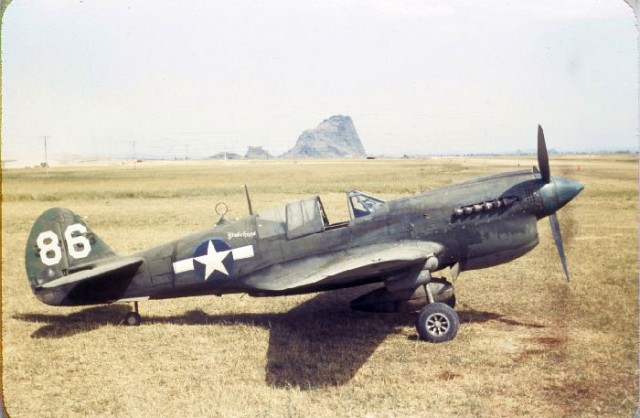
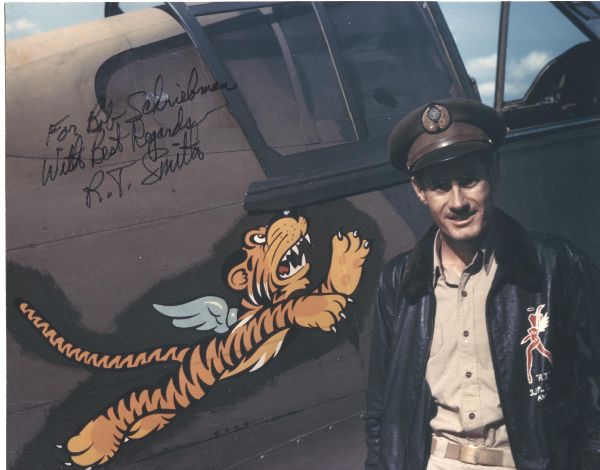
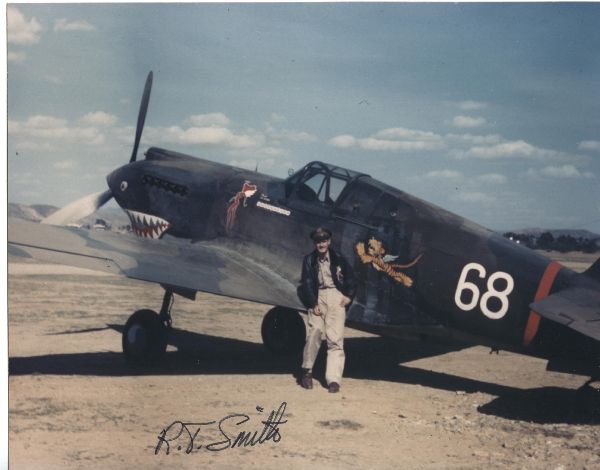
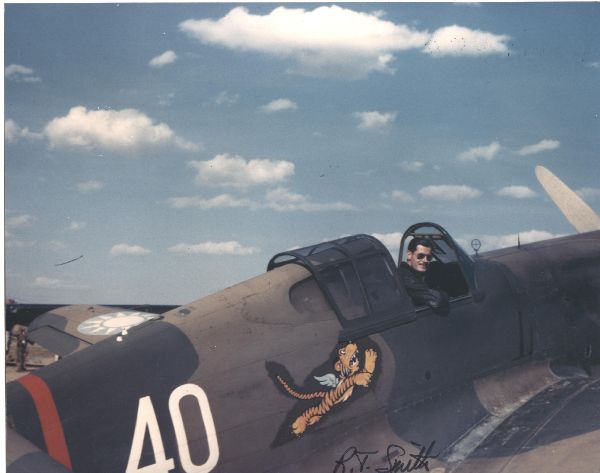
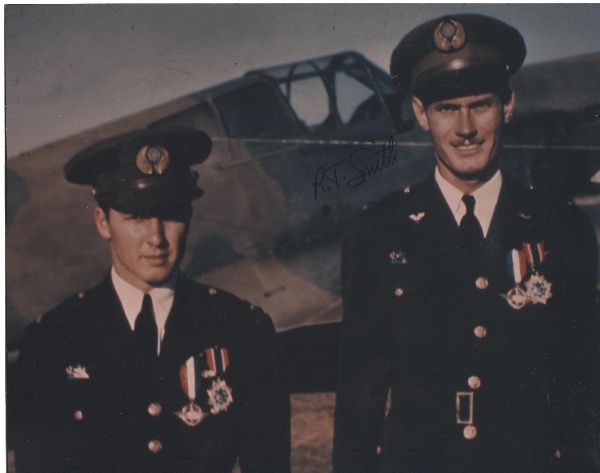
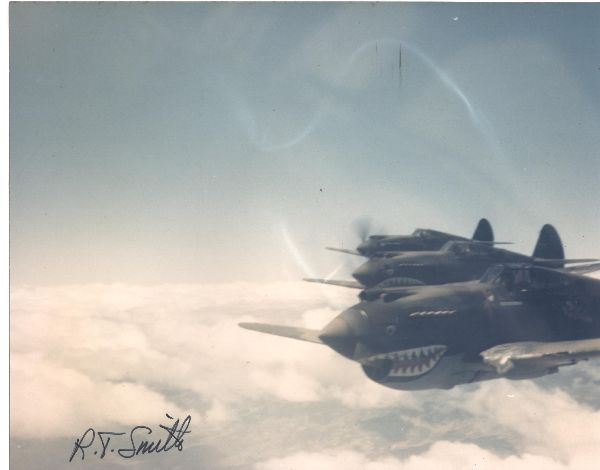
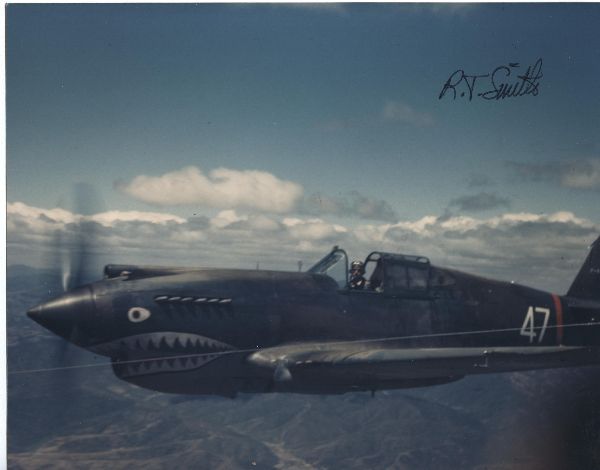
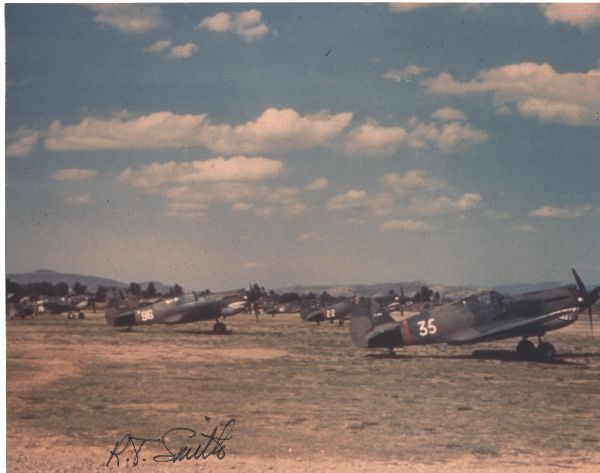
All Photographs via San Diego Air and Space Museum Archive.
